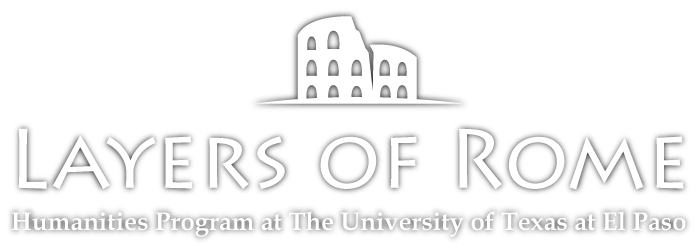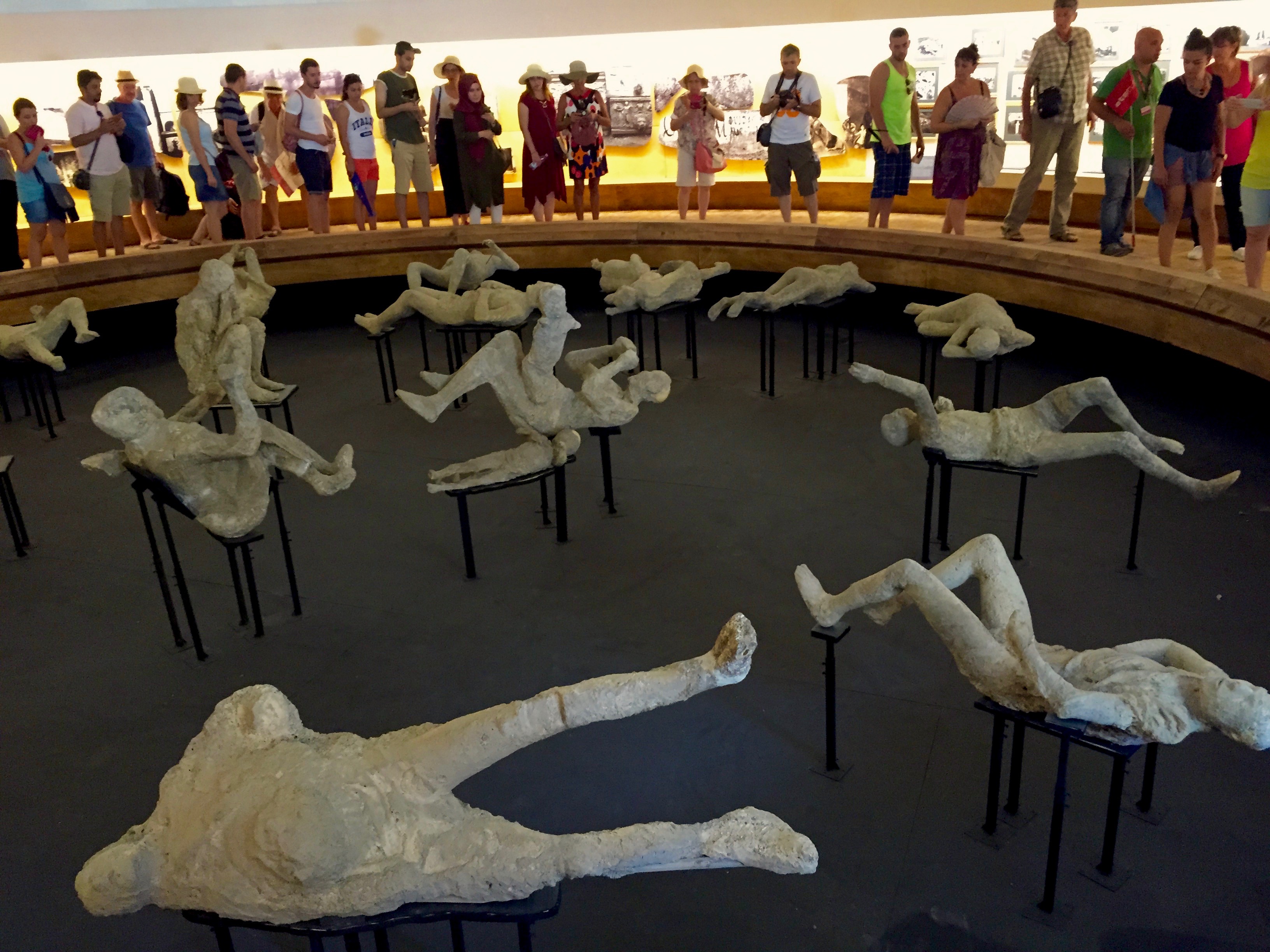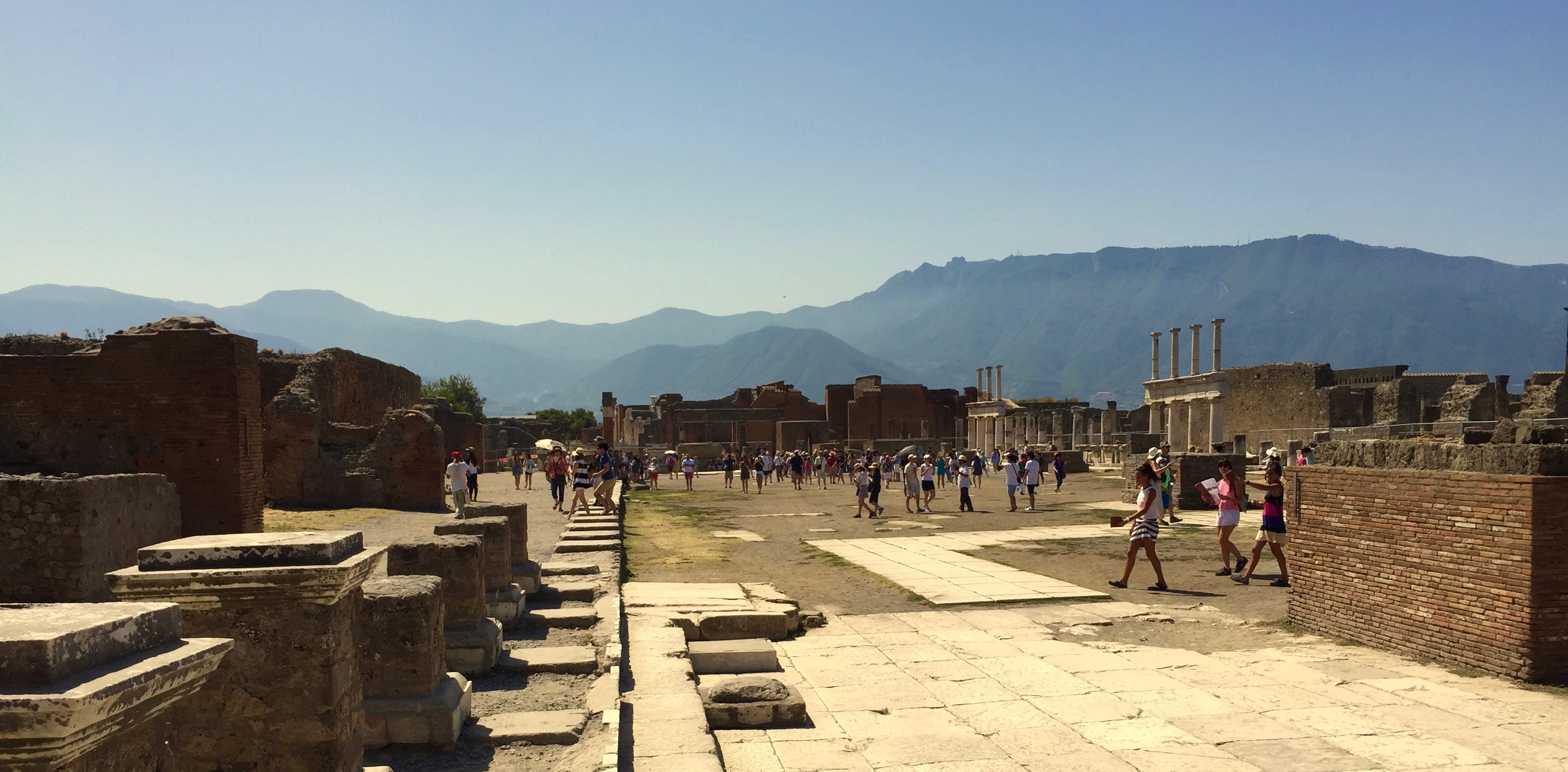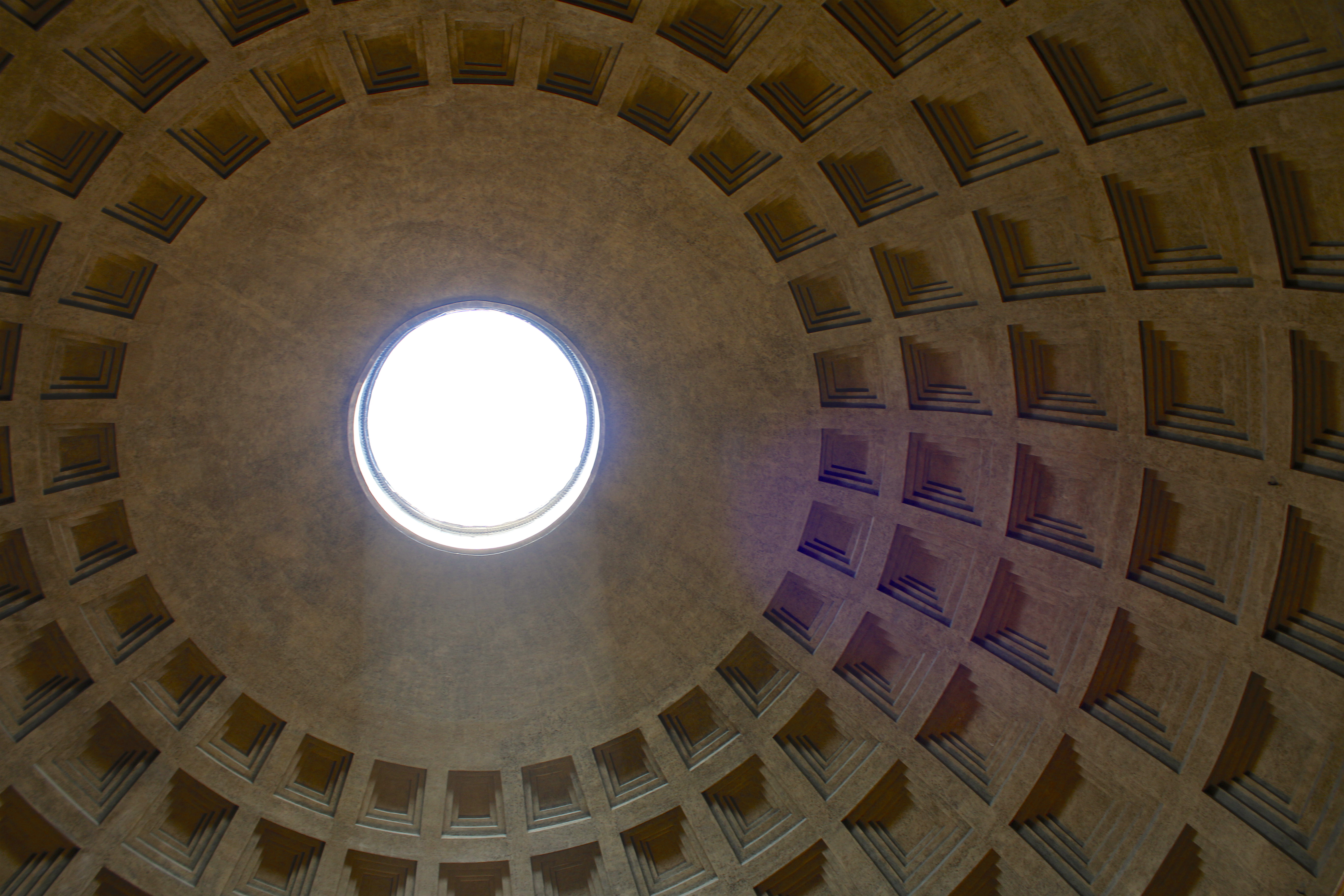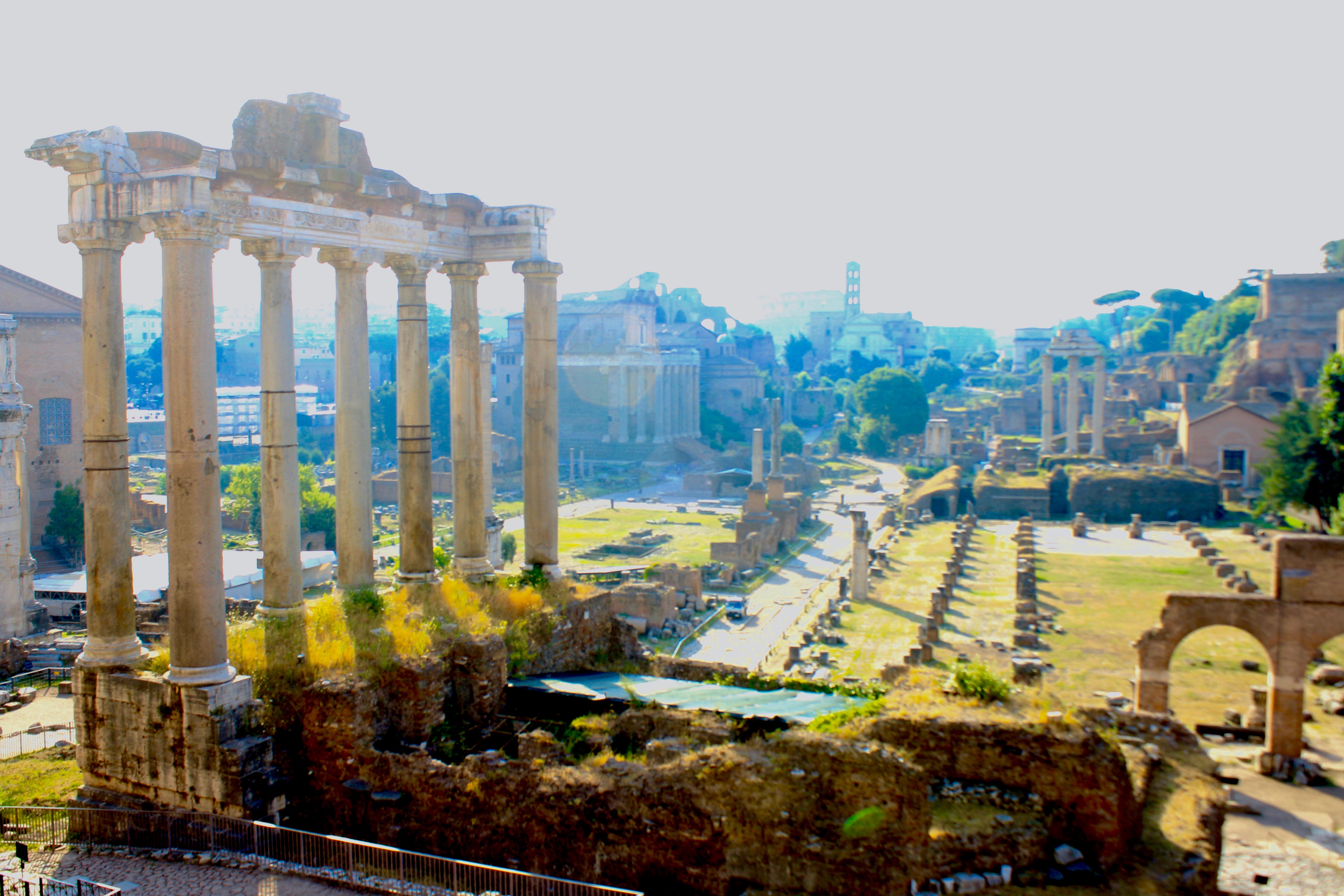Grade Levels: 6
Time Required: 7-8 45 minute class periods (may need to adjust for research and technology availability)
Author: Diane S. Hance; Librarian; Grisham Middle School, Round Rock ISD
Subject Areas: Social Studies/Language Arts
This lesson plan will recreate one of the experiences of the 2015 Monuments of Rome in English Culture NEH Summer Teacher/Scholar Institute. Students will explore a selection of Roman monuments to learn to “read” the messages the monuments convey. Students will then compare these messages with the messages in modern monuments, connecting past to present.
Lessons were designed to solidify an understanding of the importance of the ancient world, particularly ancient Rome, to our modern society in the United States. Students will make connections as they establish an understanding about early Roman life. In ancient Rome the common citizen could not read or write and therefore would rely on images, symbolism, and folklore when interpreting political and religious messages. This experience is modeled for students in Lesson 1 as they explore wordless picture books. It is also an excellent way to engage all students in the activity, regardless of reading level.
Lesson 2 introduces the students to the NEH Monuments of Rome in English Culture experience through a video tour of the Roman forum and important monuments in the city of Rome. Students learn about the five key “tropes” they will be exploring during the lesson: the Victory goddess (Victoria), triumphal arches, doves, domes, and obelisks. Of course, there are many other features of Classical architecture repeated across cultures, but this list was selected to keep the activities relevant and accessible to middle school students. Students are encouraged to explore other architectural trends during their independent research since the original “tropes” are meant as an introduction. It is also important to note that the term “trope” is typically associated with literature, not architecture. Throughout this lesson, the term is used as a way to link the storytelling features of ancient monuments to the literary analysis students are experiencing in their English Language Arts courses (IB – Language and Literature).
Lesson 3 directs students to apply their knowledge of classical tropes in the analysis of monuments in the United States.
Lesson 4, the final project, is intended to recreate the NEH experience for students as they provide a “guided tour” of their chosen monument. While it will not be possible for most students to visit their monuments in person, the activity is meant to simulate the kinds of activities NEH scholars completed during the institute.
Please begin by watching this introductory video: Monumental Literacy – Tropes
https://www.youtube.com/watch?v=R6yMqAqFuvU&feature=youtu.be
In Lesson 1 (Reading without Words) students will reacquaint themselves with the idea that images can convey a message in the same way that words do by exploring a variety of wordless picture books.
In Lesson 2 (Introduction to Classical Monuments) students will learn about tropes, symbolic features that appear in classical monuments over time. Students will use tropes in ancient Roman Monuments in order to establish the background knowledge needed to analyze well-known monuments in the United States.
In Lesson 3 (Understanding Classical Influence) students compare the tropes in ancient Roman monuments with the designs of modern monuments.
Lesson 4 (Modern Monuments – A Guided Tour) is a summative project, which asks students to analyze the architectural details of a monument as well as its history and purpose. Students will take a “guided tour” of the monuments in the Library as they present (and view) final projects, just as the NEH teacher scholars presented monuments to our institute peers at the ancient sites.
* How does classical architecture influence our modern monuments and symbols?
* How are classical architectural images used in modern monuments to validate and reinforce modern social norms?
* What classical images are used most frequently in modern monuments?
1. In this lesson students will reacquaint themselves with the idea that images can convey a message in the same way that words do by exploring a variety of wordless picture books.
2. Students will understand the importance of symbols used to convey specific messages in Classical art and architecture.
3. Students will be able to identify Classical tropes in modern art and architecture in order to interpret symbolism and meaning.
4. Students will summarize a wordless picture book.
5. Students will learn that public buildings and monuments use images to convey political and cultural ideas.
6. Students will learn that images in the form of tropes are adapted over time to convey and reinforce ideas and social norms.
7. Students will simulate the NEH experience of comparing the tropes in ancient and modern monuments.
8. Students will prepare a presentation of their findings and conclusions to their fellow students.
*Introduction: Download Unit Overview http://layersofrome.utep.edu/images/Unit_Overview.pdf
*For Lesson 1: Download Wordless Picture Book Bibliography . A variety of wordless picture books need to be available – one per student or one per pair of students. See the Wordless Picture Book Bibliography for suggestions.
Download: Summarizing Picture Book Graphic Organizer
*For Lesson 2: Watch the Video: Monumental Literacy – Tropes https://www.youtube.com/watch?v=R6yMqAqFuvU&feature=youtu.be
Download: Power Point: Ancient Monuments
Download and Review: How to Read a Monument
Download: Steps for Reading Monuments and Architecture handout.
Download: One Ancient Postcard for each of the student groups in the class.
*For Lesson 3: Download: One Modern Postcard for each of the students in the class or collect pictures of local, national and international monuments from sources such as Britannica Image Quest, ARTstor, Google and other copyright free image resources.
Download: as an alternative Power Point Modern Monuments and Comparing Monuments Graphic Organizer
|
Lesson 1: Reading Without Words Begin the class by “reading” a wordless picture book with the entire class using the document camera or iPad projector. As a group complete a summary of the picture book using the Summarizing Picture Book Graphic Organizer (Someone – Wanted – However – So What Happened). Teacher is modeling the “I do, we do, you do” routine as the class completes the graphic organizer as a whole group (with teacher guidance). Next, students select a wordless picture book to read and summarize. Students will read the picture book independently and complete the Summarizing Picture Book Graphic Organizer. Have students share summaries of their picture books if time allows. As Formative Assessment, students can submit their summarizing graphic organizer at the end of class.
Begin the lesson by watching the introductory video: Monumental Literacy – Tropes https://www.youtube.com/watch?v=R6yMqAqFuvU&feature=youtu.be which briefly highlights each of the architectural tropes addressed in the unit. Instruct the class in the process of How to Read a Monument. Select a monument from the Power Point: Ancient Monuments to display on the screen and model the analysis process, using the Steps for Reading Monuments and Architecture handout 1 (I Do, We Do, You Do routine). Distribute a postcard of an ancient monument to each table group; give each student the Steps for Reading Monuments and Architecture handout As a group, students will discuss the image in their picture while answering the questions on the handout page, working together to predict the purpose of the monument and the message it is intended to send. Have each group share their images and meaning of their monument as their exit ticket (formative assessment). Optional Kahoot Quiz (formative assessment) https://play.kahoot.it/#/?quizId=4e38e79a-5601-4fd7-a046-07352ddf5c5f
Review/Formative Assessment: Begin with Kahoot Quiz if students did not do the quiz in a previous class period (it may be fun to repeat the quiz as a quick review of the previous lesson as well) https://play.kahoot.it/#/?quizId=4e38e79a-5601-4fd7-a046-07352ddf5c5f Or Review ancient tropes using the Power Point Ancient Monuments. Distribute a “postcard” of a Modern Monument to each table group; give each student the Steps for Reading Monuments and Architecture – Part 2. An alternative could be to view the Power Point Modern Monuments and distribute the Comparing Monuments Graphic Organizer to each student to assess the similarities between ancient and modern monuments. As a follow up in their groups, students will discuss the image on their postcard or in the Power Point while answering the questions on their own handout page or graphic organizer, working together to point out the similarities between ancient and modern monuments to possibly predict the purpose of the modern monument and the message it is intended to send (I Do, We Do, You Do routine) Formative Assessment: Have each group share their images and meaning of their monument as their exit ticket
Students will create a podcast, video, Power Point/Prezi, or short oral presentation as if they are tour guides explaining a state/national monument or historic site. This project will take 3-4 class days to complete. Students will need 1-2 days to research their monuments, 1-2 days to design and create their presentation, and 1 class day for the “guided tour” (presentations). This project serves as the Summative Assessment Task for the Monumental Literacy Lesson. Divide students into groups of 3 or 4. Once student plans are approved, they may create their “guided tour” (presentation). The plan/presentation should take 1-2 class days depending on student productivity. Students will lead a “guided tour” of their monument on the final lesson day. Presentations will be assessed on their knowledge of the monument’s history, their appropriate use of architectural terms, an understanding of their monument’s connection to the monuments of Rome and their communication process used to deliver the information (see project rubrics). |
The following assessment options are included in the Monumental Literacy Lesson Activities.
Lesson 1: Formative Assessment: Summarizing Picture Book Graphic Organizer of a wordless picture book.
Lesson 2: Formative Assessment: Steps for Reading Monuments and Architecture
Lesson 3: Formative Assessment: Steps for Reading Monuments and Architecture, Part 2
Lesson 4: Summative Assessment: Monumental Literacy Final Project (guided tour). See the description of Lesson 4 above.
|
Follow the field trip model and experience the monuments as they are intended: in person! As an extension to the Monumental Literacy Lesson, students can visit local parks or important government buildings and apply the same techniques used to “read” the Roman monuments. Another extension option is to have students design their own monuments. This is an excellent way to continue to use the International Baccalaureate Design Cycle and/or Art criteria. For example, ask students to design a monument for their school using the Classical “tropes” discussed in the unit; have them justify their choices and/or create a 3-D model of their monument Additional resources. Minimal list (no more than a few) of selective outside resources (ideally) drawn from EDSITEment’s Best of the Web and NEH resources to extend the students’ knowledge — related directly to the skills and themes covered in the lessons. Make use of another NEH lesson plan resulting from the same NEH teacher/scholar institute, Rhetoric in the Monuments of Ancient Rome: http://layersofrome.utep.edu/lesson-plans/17-rhetoric Other NEH lesson plans to use are Continuity of Culture: Romans in Pompeii and Detective Work: What Did Music Sound Like in Ancient Rome? Cf. http://layersofrome.utep.edu/lesson-plans |
CCSS.ELA-LITERACY.CCRA.R.2
Determine central ideas or themes of a text and analyze their development; summarize the key supporting details and ideas.
CCSS.ELA-Literacy.RH.6-8.1
Cite specific textual evidence to support analysis of primary and secondary sources.
CCSS.ELA-Literacy.RH.6-8.2
Determine the central ideas or information of a primary or secondary source; provide an accurate summary of the source distinct from prior knowledge or opinions.
CCSS.ELA-Literacy.RH.6-8.6
Identify aspects of a text that reveal an author's point of view or purpose (e.g., loaded language, inclusion or avoidance of particular facts).
CCSS.ELA-Literacy.RH.6-8.7
Integrate visual information (e.g., in charts, graphs, photographs, videos, or maps) with other information in print and digital texts.
Texas College and Career Readiness Standards
English Language Arts C: Describe, analyze, and evaluate information within and across literary and other texts from a variety of cultures and historical periods.
Social Studies B: Factors that influence personal and group identities (e.g., race, ethnicity, gender, nationality, institutional affiliations, socioeconomic status)
1. Explain and evaluate the concepts of race,ethnicity, and nationalism.
2. Analyze how individual and group identities are established and change over time.
Download:Lesson Overview
Download: Introductory Video: Monumental Literacy – Tropes
https://www.youtube.com/watch?v=R6yMqAqFuvU&feature=youtu.be
Download:Wordless Picture Book Bibliography
Download: Summarizing Picture Book Graphic Organizer
Download:Reading Monuments and Architecture Part 1 and Part 2
Download: How to Read a Monument
Download: Modern Postcards
Jefferson Memorial
Lincoln Memorial
Washington Monument
Bunker Hill Monument
U.S. Capitol
Texas State Capitol
Sam Houston Statue
Houston
Arc de Triomphe
Fascist Panoply
Fascist Winged Victory
Garibaldi Equestrian
Download: Ancient Postcards
Marcus Aurelius
Obelisk of Quirinale
St. Peter’s Basilica 1
St. Peter’s Basilica 2
St. Peter’s Basilica Dove
St. Peter’s Basilica Dome
Temple of Vespasian
Urban VIII Coat of Arms
Ancient Winged Victory
Download: Power Point Presentations
